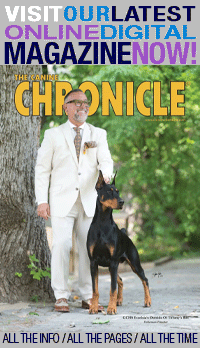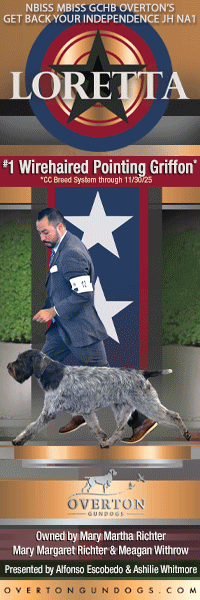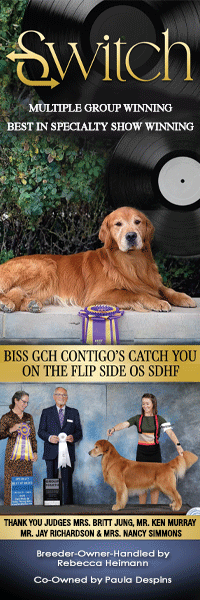Ask Sirius
The Answer to All Dog Show Questions is Written in the Stars…
Dear Dr. Sirius,
This is a true story. It actually happened while I was watching Group Judging. The young man sitting in front of me made me think about new people in the sport. His comments made me wonder what had caused the angry words.
When the four placements had been chosen, the young man said, “Uh huh. Handler, handler, handler, handler.” Shaking his head up and down and looking around for someone to agree with him.
An exhibitor sitting two chairs down asked him what he meant? He said, “New people don’t stand a chance.”
He questioned why all the ‘handlers’, professional or not, stood around talking to each other all the time? And why did the ‘breeders’ get such breaks causing them to win?And why did the new people have such a hard time winning? And why were the other exhibitors so separated from each other? Finally, why he was not included?
This young man stated that he had been ‘showing’ for one full year!
What advice would you give this newcomer to the sport?
Signed: Been There
Dear Been There,
Education, education, education!
Showing a dog does not start with buying a lead and making an entry. Showing a dog starts with the desire to own, live with, and learn as much about the breed as you possibly can.
1. First seek out those long-time, successful breeders/mentors of your chosen breed.
READ THE STANDARD! Read it again. Read it again. Keep referring to the standard for the rest of your show experiences – for the rest of your life if you keep showing dogs.
a. Form a talking relationship with your mentor. Ask questions about the history and livability of the breed.
b. Start watching your breed at dog shows. See what the standard means when it defines the pieces and parts of the breed.
c. Learn what to look for when selecting a puppy. Seek the help of your mentor.
2. Learn how to train, feed and socialize your dog.
a. Mentor. Mentor. Mentor. Go to training class. Learn the skill it takes to adequately present your dog.
b. Go to some matches to gain experience.
c. What is recommended to feed your breed? Ask those who know.
3. It may take six months to get started. It may take a year. In order to be prepared and knowledgeable enough to gain confidence, he will spend the rest of his dog show life doing these things over and over and over.
It is very easy to go out, buy a puppy, enter a show and find out you are not competitive. That is what this new person has done. It will be a long, downhill slide for him unless he starts at square one and eventually graduates to square two.
My final thoughts are:
• Join a club and volunteer to learn about dogs and dog shows.
• Look long and hard to find a good mentor –?more than one if possible.
• Take time to study your chosen breed.
• Read the standard over and over, again and again.
After all else, it would then be time to welcome a puppy into the show world.
Signed: Sirius
Have questions?
If you have a question for Sirius, please email your query to info@caninechronicle.com, fax it to 352-369-1108 or submit it through our caninechronicle.com website at https://caninechronicle.com/contact/
Who knows, your question might be the next one published in The Canine Chronicle!
Short URL: http://caninechronicle.com/?p=110951
Comments are closed












